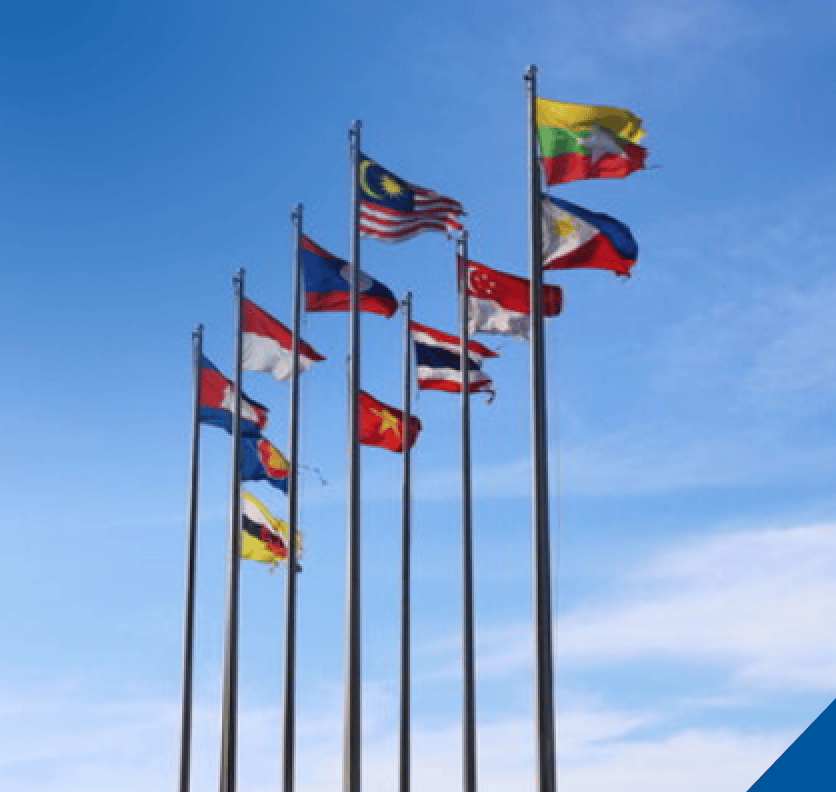[vc_row el_class=”detail-right-sing-pub”][vc_column width=”4/12″ el_class=”featured-image-wrap”][vc_single_image source=”featured_image” img_size=”full” el_class=”featured-image”][/vc_column][vc_column width=”8/12″][vc_row_inner][vc_column_inner el_class=”title-single-pub” css=”.vc_custom_1565448006423{margin-bottom: 0px !important;}”][vc_column_text css=”.vc_custom_1565448183865{margin-bottom: 15px !important;}”][post_title][/vc_column_text][/vc_column_inner][/vc_row_inner][vc_row_inner][vc_column_inner el_class=”date-single-pub”][vc_column_text css=”.vc_custom_1565448167869{margin-bottom: 15px !important;}”][post_date][/vc_column_text][/vc_column_inner][/vc_row_inner][vc_row_inner][vc_column_inner el_class=”type-single-pub” width=”2/6″][vc_column_text]Category[/vc_column_text][/vc_column_inner][vc_column_inner el_class=”type-single-pubb” width=”4/6″][vc_column_text][post_cat][/vc_column_text][/vc_column_inner][/vc_row_inner][vc_row_inner][vc_column_inner el_class=”type-single-pub” width=”2/6″][vc_column_text]Tag[/vc_column_text][/vc_column_inner][vc_column_inner el_class=”type-single-pubb” width=”4/6″][vc_column_text el_class=”tag-pub”]COVID-19, Public Awareness[/vc_column_text][/vc_column_inner][/vc_row_inner][vc_row_inner][vc_column_inner el_class=”type-single-pub” width=”2/6″][vc_column_text]Author[/vc_column_text][/vc_column_inner][vc_column_inner el_class=”type-single-pubb” width=”4/6″][vc_column_text]Iqlima Fuqoha and Muhammad Rizki Kresnawan[/vc_column_text][/vc_column_inner][/vc_row_inner][vc_row_inner][vc_column_inner el_class=”type-single-pub” css=”.vc_custom_1565449718201{margin-top: 15px !important;}”][vc_column_text el_class=”download-pdf-sing-pub”]DOWNLOAD PDF[/vc_column_text][/vc_column_inner][/vc_row_inner][/vc_column][/vc_row][vc_row el_class=”row-key-point” css=”.vc_custom_1565449289802{margin-top: 40px !important;}”][vc_column el_class=”key-point”][vc_column_text el_class=”key-point-ul”]
Key Points
- As reported in the Q1 energy insights, electricity demand reported a fall. The power sector has to experience a major slump during the pandemic due to the industry and commercial sector’s economic slowdown.
- The social distancing also urged some non-essential sectors to implement the working-from-home (WFH) scheme, causing the soaring electricity demand and bills in the residential sector. Deal with rising bills, ASEAN countries have poured the worth-to-get people with billions of dollars through various recovery stimulus packages. Seeing from the mapped problems in 2020 and some ASEAN government’s efforts, it is interesting to see what 2021 would be. As vaccines have been discovered and gradually injected into people, it is considered will be a turning point to economic bounce back. However, crucially important is to make sure the pathway that ASEAN chooses for the post-pandemic is to pursue ‘build back better’.
- It is undeniable that the electricity demand shrunk has led to a sales drop among the ASEAN region’s utility provider. With more than one billion total sales loss within the region, Southeast Asia’s power firm faced a concrete struggle to cope with the pandemic’s impact.
- Following a massive drop in electricity consumption, the multiplier effect has forced the supply-side to quickly adapt to lowering its abundant supply by adjusting the power project timeline. Quick timeline adjustment is needed to prevent the power firms from a significant loss that they already faced. Also, the restriction of people’s mobility became one of the problems since it disrupted the supply chain’s logistical.
- It is expected that stalled and deferred power generation projects would marginally change some national power master plans until the situation returns to normal in 2021. Once the economy bounces back, commercialization of all the delayed projects will gradually coping the future electricity demand.
[/vc_column_text][vc_column_text el_class=”iframe-pub”][/vc_column_text][/vc_column][/vc_row]











